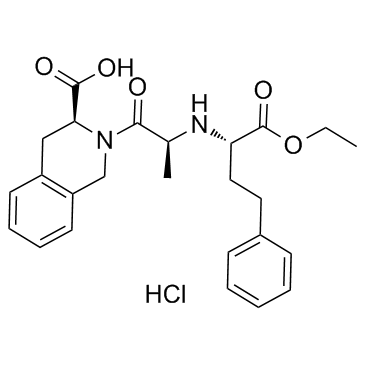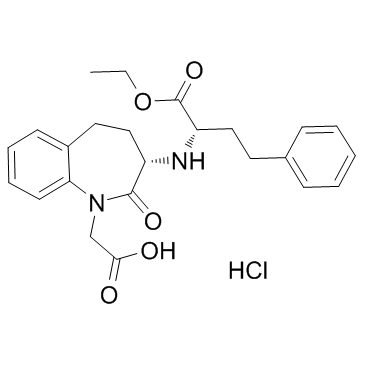| Structure | Name/CAS No. | Articles |
|---|---|---|
 |
Quinapril hydrochloride
CAS:82586-55-8 |
|
 |
Benazepril hydrochloride
CAS:86541-74-4 |